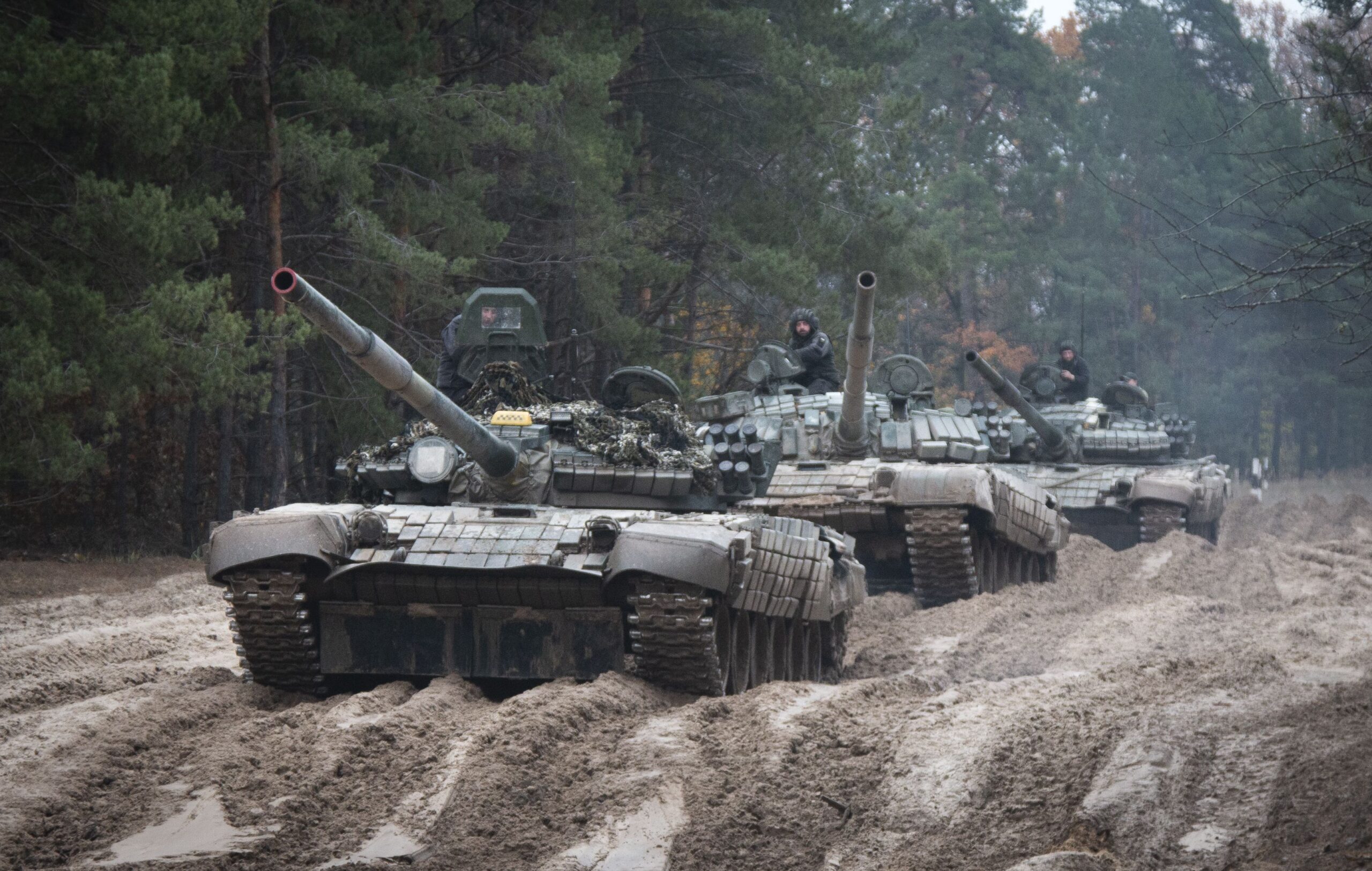WASHINGTON ― The Pentagon’s international affairs chief said Friday that although Russia has lost tens of thousands of soldiers and likely half its main battle tanks in Ukraine, its forces are adapting and there are deep reserves of personnel.
“I think we need to be mindful that as Russia continues to suffer losses in Ukraine, it is learning how to adapt, it is learning tactically, operationally and somewhat strategically,” Celeste Wallander, the assistant defense secretary for international security affairs, said at a Center for a New American Security event.
The comments came amid a fresh Russian offensive timed to the one-year anniversary of its invasion this month, according to an Institute for the Study of War analysis. Russia, amid high casualty rates, has committed elements of a least three major divisions to offensive operations, and the country is stepping up its recruitment campaign.
According to Wallander, Moscow overall has committed 80% of its ground forces to the fight, but has seen them “significantly degraded.” Still, she added, Russia has a “bench of personnel that it can draw from,” which is playing out in the bloody fight for Bakhmut.
Russia presents a “mixed picture,” she explained: As Western economic restrictions weaken Russia’s industrial capacity, it has bought and used Iranian drones to attack Ukraine’s civilian infrastructure ― and it continues to field “substantial” air power.
Asked about Russia’s ability to reconstitute itself, Wallander made clear the country is the Pentagon’s No. 2 strategic challenge after China, and will remain so. “We are not losing sight of the fact that even as Russia is facing a strategic failure in Ukraine, it will remain a militarily capable adversary,” she said.
With an eye on Russia, the U.S. and its NATO allies will use a summit in Vilnius, Lithuania, this summer to finalize plans for a new force model, which aligns some NATO units based on geography.
“Right now the NATO military staff is working new plans and a new force model to meet the new security environment, which is a more challenging one in terms of Russian intent and not taking for granted Russian capabilities,” Wallander said. “That would be focused on approving those new plans, those new force models and identifying the new capabilities that will be required for NATO allies to have to be combat credible.”
The U.S. is also leading conversations with allies about limited defense-industrial base capacity aimed at providing military aid to Ukraine over the long term while also maintaining allied militaries. While some munition production boosts have begun, U.S. Deputy Defense Secretary Kathleen Hicks is leading an effort to unclog industrial bottlenecks.
“You will begin to see effects over time, and it won’t be just incremental to break some of these bottlenecks,” Wallander said, adding that the war was “an unfortunate wakeup call” about supply chain challenges.
Joe Gould is the senior Pentagon reporter for Defense News, covering the intersection of national security policy, politics and the defense industry. He served previously as Congress reporter.

IL PRIMO ECOMMERCE SPECIALIZZATO IN DELIZIE AL TARTUFO E CAVIALE – CAVIAREAT.COM
